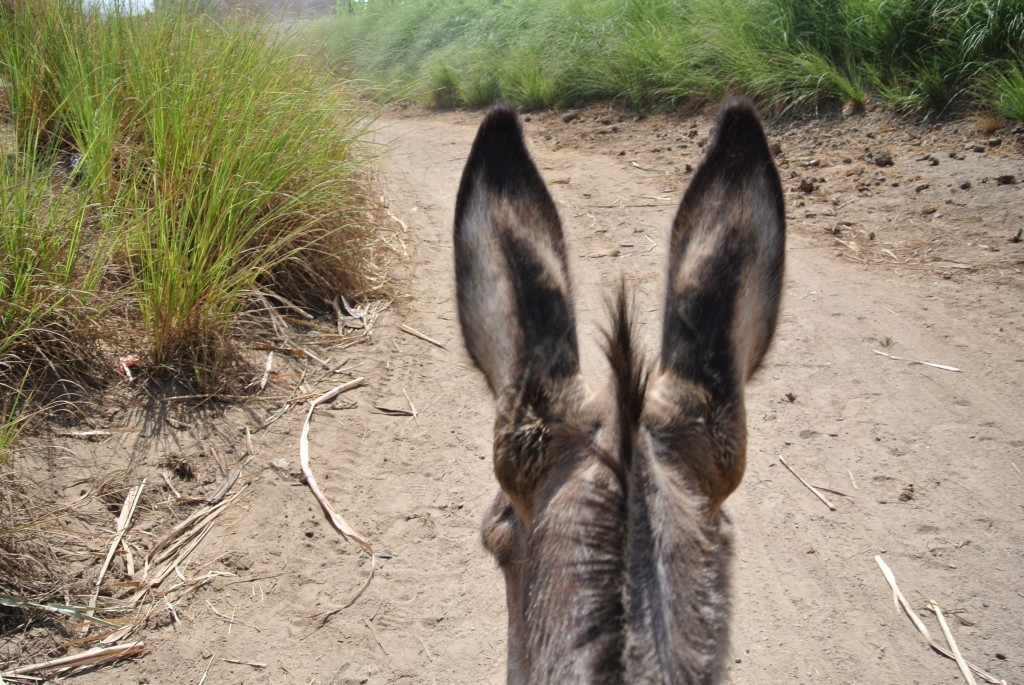Wake up in paradise, drifting slowly along a never-changing landscape of palm trees, birds, and green rushes. Up on top deck for pre-breakfast warm-up before the sun gets too warm. Have left Isna en route to Idfu.
Bear-walk, cup-of-tea throwing, thrust and break Just things you can practise in your own room at home, or alternatively in sheer luxury whilst waiting to be called to breakfast.
The tombs at El Kab were of officials rather than pharaohs. The paintings inside are beautifully preserved. We have seen the Valley of the Kings and other tombs, but for some reason these more modest places had a feeling of purpose. The paintings recorded the lives of the people interred. For example the life of the accountant who was responsible for keeping records of the grain. So the growing and harvesting and counting are all depicted. It was shocking to see the hierograffiti in the first tomb (which must have been opened earlier). I bet Monsieur Mangles was
The final tomb was of an enbalmer, and so the whole process is shown in sequence. Whilst the comparison with a cartoon strip might seem flippant, the sense of story-telling was compelling. The idea that knowledge could be passed on in this way reminded me of the importance of the ancient chinese martial arts books, closely guarded and passed from hand to hand, the commentary passed on by word of mouth and annotations. All that from a morning in some dusty
Lunch back on board and then there is some news. Have you heard the joke about Schrodinger’s cat? Mr Schrodinger goes to the vet to collect his cat, and the vet comes out and shakes his hand saying, “Well sir, there is good and bad news…” So speaking to
And lo and behold, here we are at the Temple of Edfu, by horse-drawn carriage this time. It’s almost too
We were taken around by a knowledgeable, passionate guide who wanted us to understand and appreciate the wonders of this place of worship. Al surfaces were covered in reliefs and hieroglyhs, telling tale after tale, laying out rituals, recipes for perfumes. Many of the faces had been defaced over time but many more were out of reach. All cultured up, it’s back to the boat for training until dinner time.
